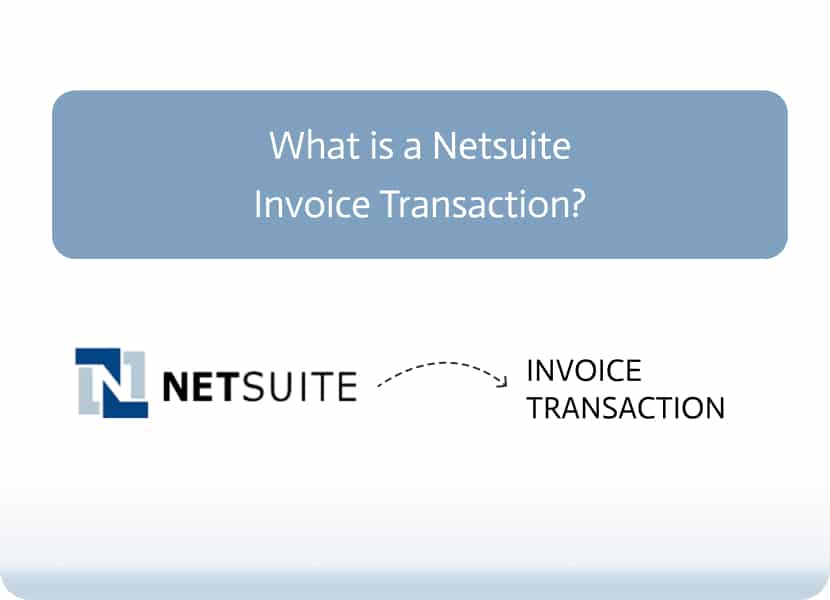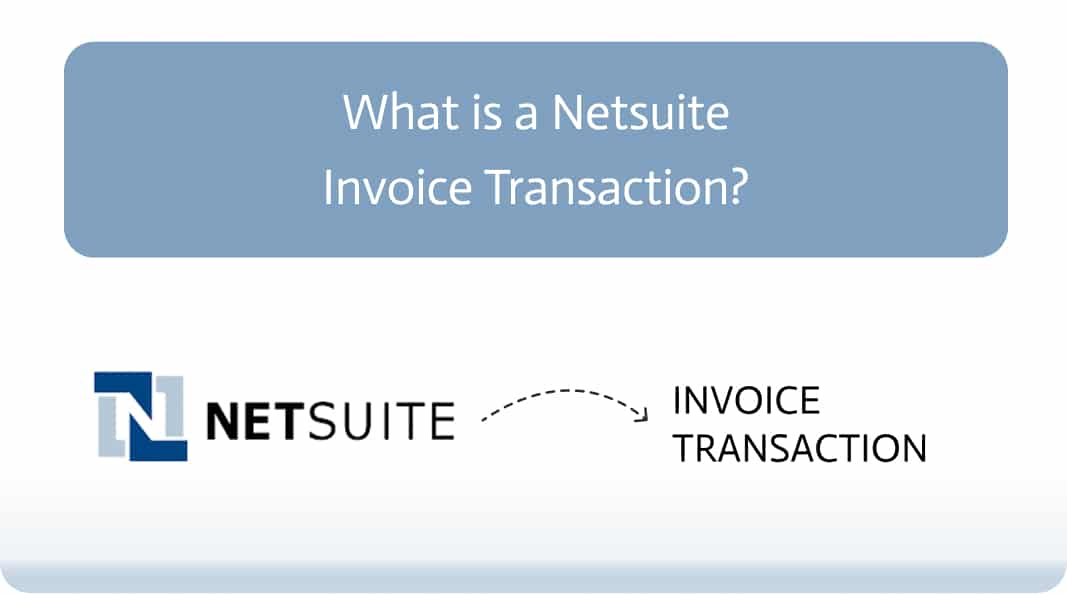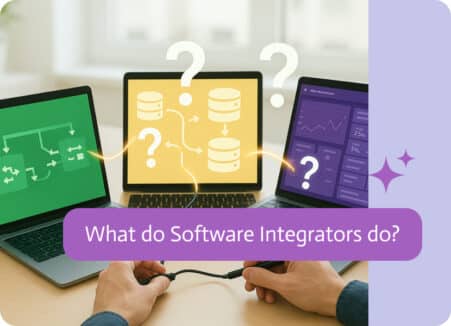

Understanding Netsuite Invoice Record
In NetSuite an invoice record is a sale to a customer. It shows the process of billing for goods and services delivered to the customer when payments are not received instantly.
The invoice amount reflects the total owed to be paid by the customer, providing businesses with tracking outstanding payments.
Key Aspects of Invoices
- Payment Terms: Every invoice includes payment terms specifying when payment is expected.
- Invoice Aging: Follows how long an invoice has not been paid.
- Accounts Receivable: NetSuite records outstanding invoices under Accounts Receivable to manage payments that are due.
- Itemized Transactions: Each invoice consists of more than one line item sourced from items list, with the sales amounts showcasing the invoice total.
Important Notes
- Moderately fulfilled item groups and packages showcase a quantity of zero on printed invoices (0)
- Companies that bill costs back to customers can mark up and add costs to invoices.
- The total number of lines cannot exceed 200, This refers to “Line limitations of Transactions”
Managing invoices effectively in NetSuite means there will be, smooth financial operations and accurate tracking of outstanding payments.
Conclusion
managing invoices in NetSuite is essential for accurate financial tracking and timely payments. With tools like Noca AI, businesses can streamline their invoicing workflows by automating processes, syncing data across systems, and reducing manual effort—ensuring smoother operations and better cash flow management.


